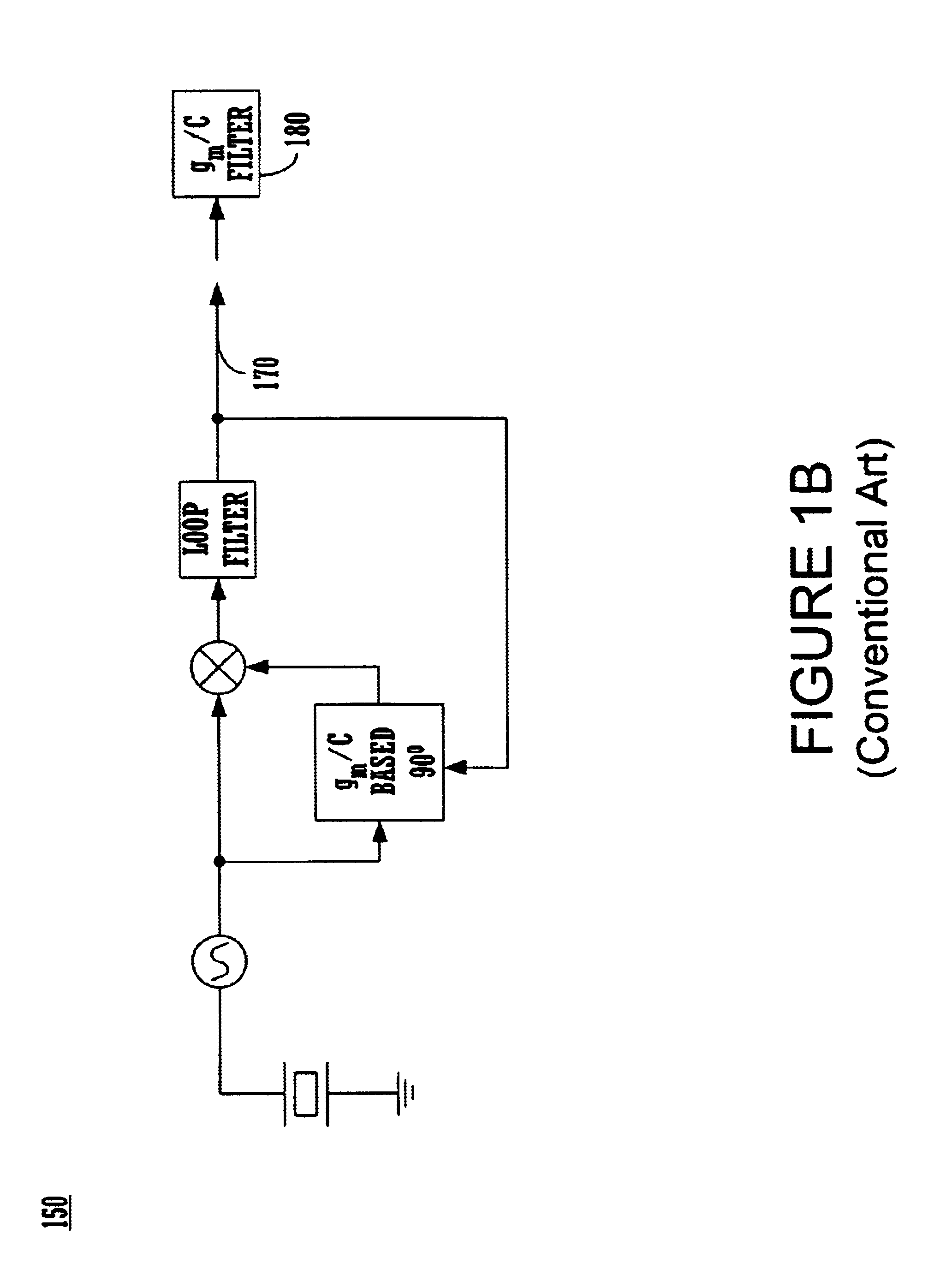Calibration of integrated circuit time constants
a technology of integrated circuits and time constants, applied in the field of integrated circuit design, can solve the problems of inability to manufacture basic analog components, resistors and capacitors, and many analog functions, and achieve the effect of a well-known deficiency of most integrated circuit manufacturing processes, and is not generally manufacturable within an integrated circui
- Summary
- Abstract
- Description
- Claims
- Application Information
AI Technical Summary
Benefits of technology
Problems solved by technology
Method used
Image
Examples
Embodiment Construction
In the following detailed description of the present invention, calibration of integrated circuit time constants, numerous specific details are set forth in order to provide a thorough understanding of the present invention. However, it will be recognized by one skilled in the art that the present invention may be practiced without these specific details or with equivalents thereof. In other instances, well-known methods, procedures, components, and circuits have not been described in detail as not to unnecessarily obscure aspects of the present invention.
Calibration of Integrated Circuit Time Constants
The present invention is described in the context of filter design on integrated circuits. However, it is appreciated that the present invention may be utilized in other types of electronics, including discrete components, where it may be necessary or desirable to accurately establish time constants.
FIG. 2 illustrates a circuit 200 which may be used to calibrate an integrated circuit ...
PUM
 Login to View More
Login to View More Abstract
Description
Claims
Application Information
 Login to View More
Login to View More - R&D
- Intellectual Property
- Life Sciences
- Materials
- Tech Scout
- Unparalleled Data Quality
- Higher Quality Content
- 60% Fewer Hallucinations
Browse by: Latest US Patents, China's latest patents, Technical Efficacy Thesaurus, Application Domain, Technology Topic, Popular Technical Reports.
© 2025 PatSnap. All rights reserved.Legal|Privacy policy|Modern Slavery Act Transparency Statement|Sitemap|About US| Contact US: help@patsnap.com



